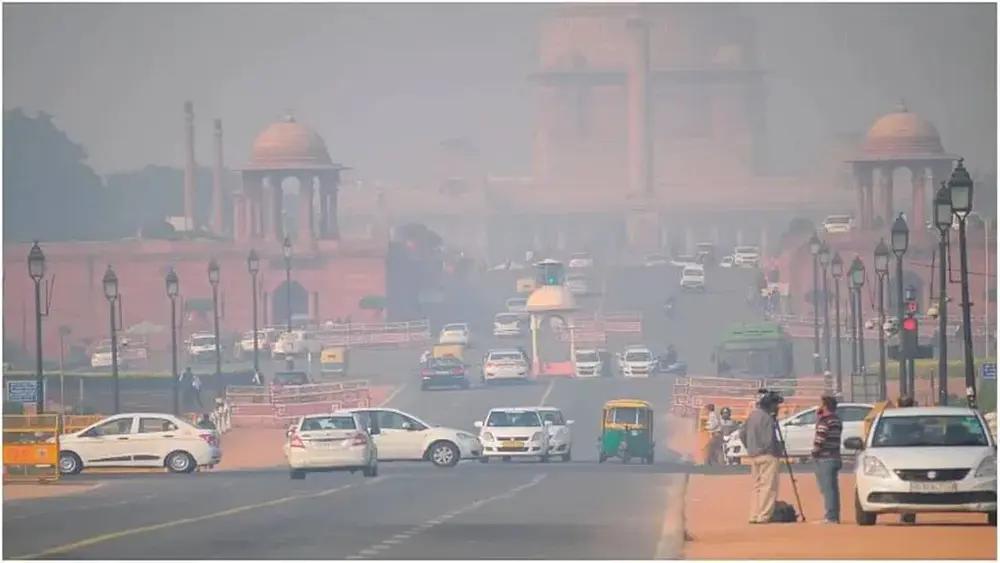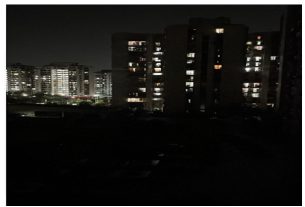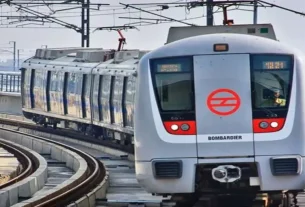Devanjana Mukherjee, Khabri Media
This shift reflects concerted efforts by various stakeholders and underscores the importance of sustained initiatives to combat air pollution.

Pic: Social Media
In recent weeks, Delhi, the bustling capital of India, has witnessed a noteworthy shift in its air quality index, marking a positive change in the city’s battle against air pollution. The air quality, once categorized as “Very Poor,” has made a welcome transition to the “Poor” category, signaling a step in the right direction for the city’s environmental health. To subscribe please click tau.id/2iy6f and access our live channel.
The city’s air quality index stood at 290 at 7 am. The 24-hour average AQI, recorded at 4 pm every day, was 319 on Saturday, 405 on Friday and 419 on Thursday. Neighbouring Ghaziabad (275), Gurugram (242), Greater Noida (232), Noida (252) and Faridabad (318) also recorded very poor air quality.
DON’T MISS: Halal products banned in UP
Several factors have contributed to the improvement in Delhi’s air quality. One significant factor is the changing weather patterns. As winter sets in, the wind speed and direction tend to change, facilitating the dispersal of pollutants.
Additionally, a reduction in crop residue burning, a major contributor to air pollution in the region, has played a pivotal role. The government’s proactive measures to address this issue, including financial incentives for farmers to adopt alternative practices, have started yielding positive results.

Pic: Social Media
The Centre on Saturday removed stringent curbs, including a ban on construction work related to linear projects and the entry of polluting trucks into Delhi, in view of the dip in air pollution levels. These measures constitute the final stage, Stage IV, of the Centre’s air pollution control plan called the Graded Response Action Plan (GRAP).
The government of Delhi has been implementing a series of measures to combat air pollution and improve the overall air quality. Measures such as the Odd-Even scheme, restrictions on industrial activities, and increased enforcement of anti-pollution norms for construction sites have been instrumental in curbing pollution levels.
Moreover, the introduction of electric buses and the promotion of electric vehicles as a sustainable mode of transportation have contributed to reducing vehicular emissions. The emphasis on public transportation and the expansion of the metro network aim to decrease the reliance on individual vehicles, further curbing pollution levels.
Investments in green technologies, renewable energy sources, and sustainable urban planning can contribute to a long-term solution. The involvement of the private sector in promoting eco-friendly practices and technologies can complement government efforts.




